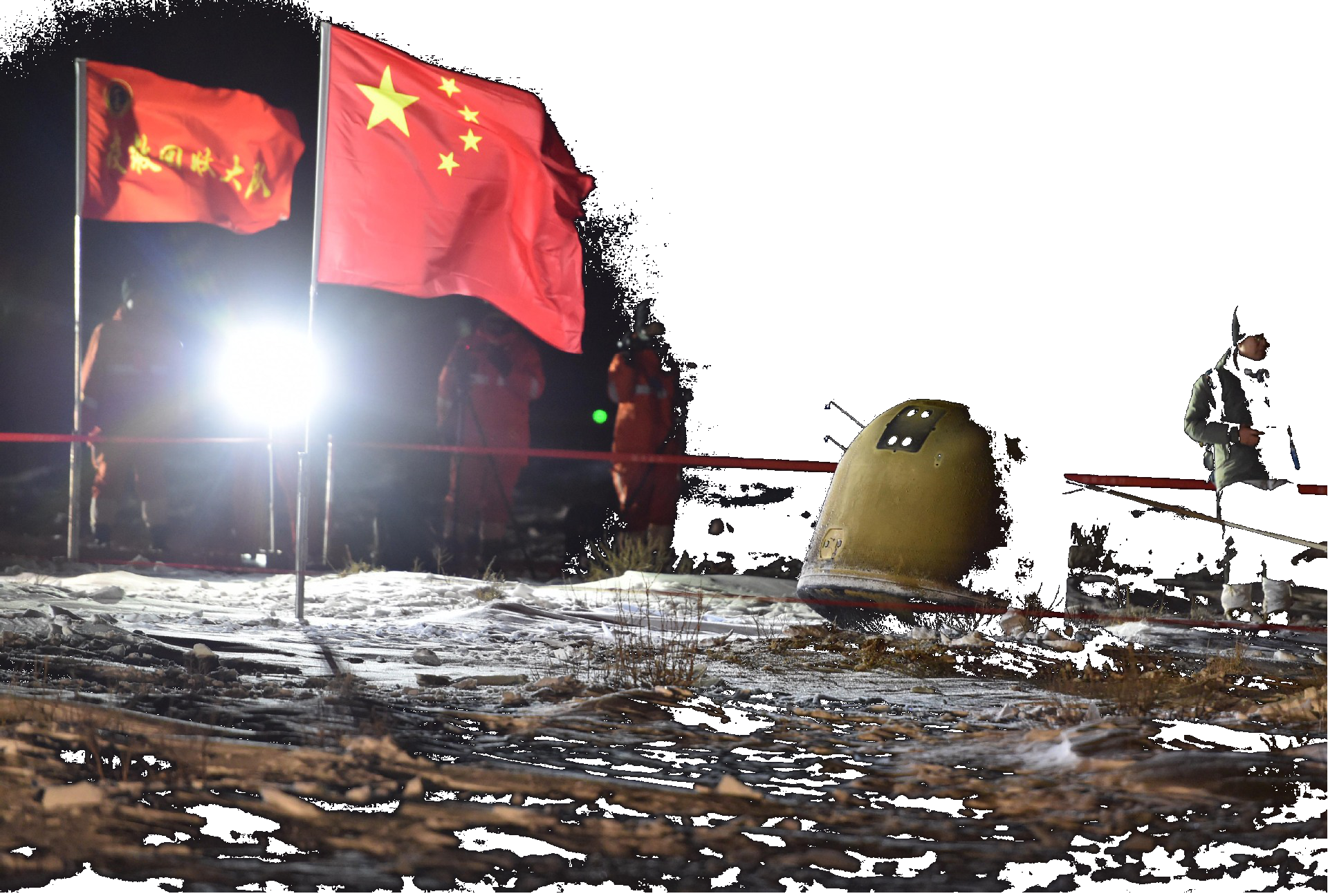
1.What can we learn about the Chang’e-5 mission?
A The Chang’e-5 landed on the moon in a new way.
B It took 23 days for the Chang’e-5 to get to the moon.
C It ended with a successful landing in Siziwang Banner.
D The scientists found a dark landing area in this mission.
解析:选C。细节理解题。根据文章第二段第二句The returning capsule landed in Siziwang Banner, which lies north of China’s Inner Mongolia Autonomous Region...可知,嫦娥5号返回舱降落在中国内蒙古自治区北部的四子王旗,故选C。
2.Which is the correct description of the landing site?
A It is an unnamed region on the moon.
B It is a good place to build a lunar base.
C Other countries’ probes went there in the 1970s.
D The samples from it contain much useful information.
解析:选D。推理判断题。根据文章第三段最后一句The samples from this region could help scientists understand more about the moon's origins and foundations and set the foundation for more complex sample retrieval missions in the future, potentially on other planets.可知,来自该地区的样品可以帮助科学家更多地了解月球的起源和基础,并为将来更复杂的样本检索任务奠定基础,由此推断该样本蕴含大量有用信息,故选D。
3.How will the moon samples be dealt with later on?
A A part of samples will be put on public display.
B Some samples will be packaged as a national gift.
C Scientists will carry out research on them in Inner Mongolia.
D They will be transferred for analysis, experiments and tests.
解析:选D。细节理解题。根据文章第四段After the returning capsule landed back on Earth, it will be airlifted to Beijing, where the capsule will be opened and the samples will be ready for analysis and study...可知,返回舱着陆后,将被空运到北京,在那里,太空舱将被打开,样品将准备好进行分析和研究,故选D。
4.What is China's next lunar exploration programme?
A To get ready for a manned lunar mission.
B To build up an Earth-moon system in the future.
C To exchange lunar exploration data with other countries.
D To own a base on the moon for scientific research.
解析:选D。推理判断题。根据文章最后一段Chinese scientists are already drawing up plans for future lunar exploration, said Pei including a project to construct a scientific research station on the moon...可知,中国科学家已经在制定未来月球探测计划,其中包括在月球上建造科学研究站的项目,故选D。